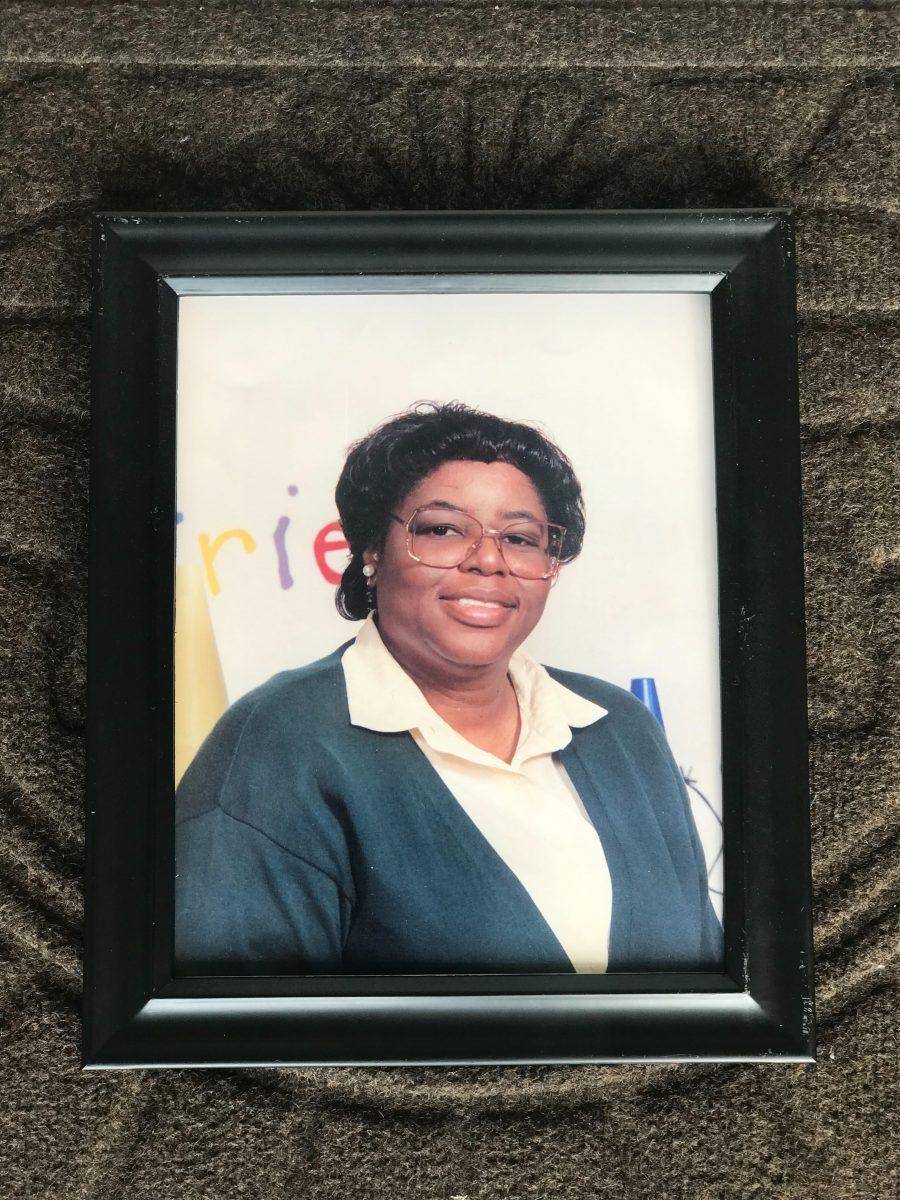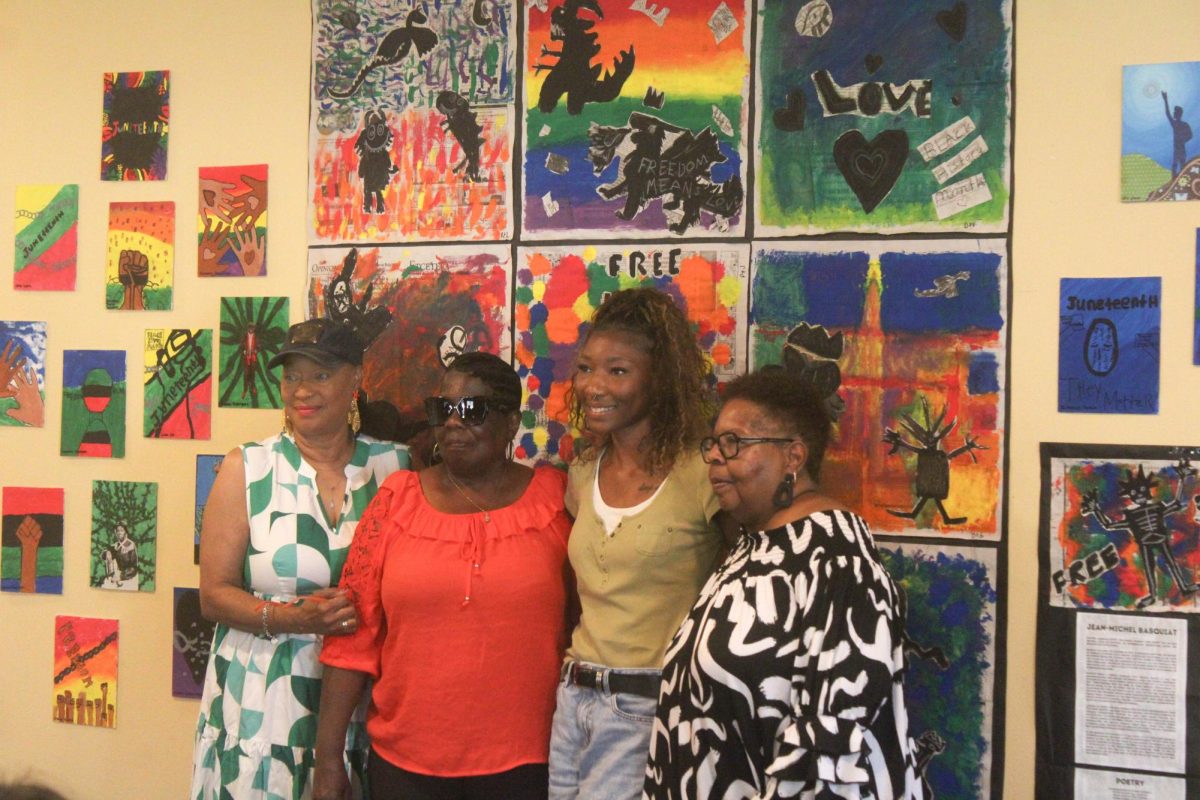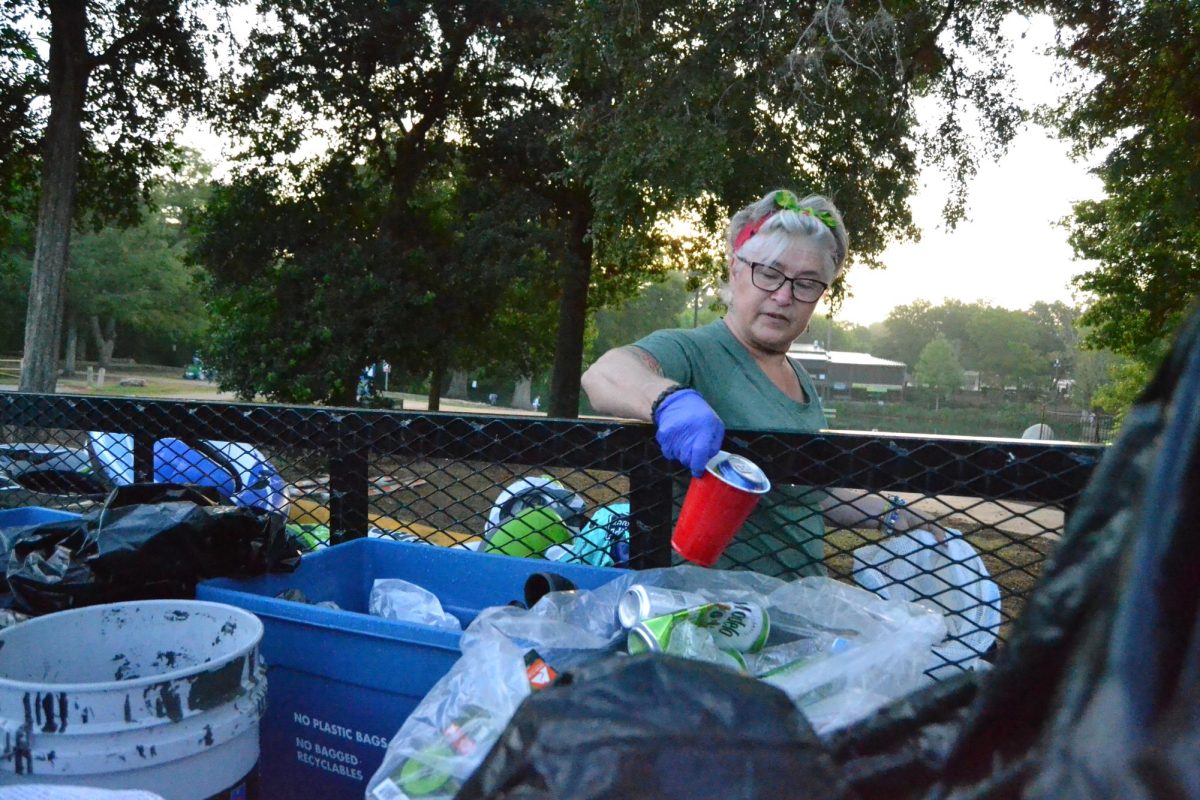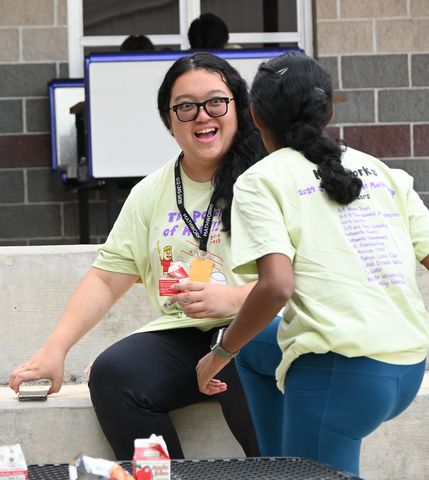On a spring day in 1967, Shirley Harris walked across the stage and received her diploma from Southwest Texas State. With her family in the crowd, she became the first Black student to graduate from Texas State.
Shirley, who died in 2018, has yet to be recognized for this achievement by Texas State and it has become the mission of her brother, Dwight Harris, to get her the recognition he believes she deserves.
“I knew my mom and dad were really proud of her and I was always proud of her. She and I had always argued about who was the smartest because she was the first one to graduate from college,” Dwight said. “I just thought, after she passed away, there needs to be some recognition for her whether she likes it or not and so I’m really doing it just for my family’s namesake.”
Southwest Texas State College became integrated in 1963 after Dana J. Smith filed a suit against the school in 1962. Texas State’s president at the time, John G. Flowers, sent a letter to Smith citing the whites-only provision in the charter establishing the college for the decision to reject her. It was her high school adviser Mr. Grant and her Texas State adviser Dr. Martin who motivated her to apply.
“It was a class action suit,” Smith said. “ First two paragraphs [of the decision letter] were very nice. But it said yes, ‘unfortunately, you cannot go to school.’ They [Dr. Martin and Mr. Grant] told me ‘when you get the letter back, let us know.’ So I let them know and they went to the lawyers. [Texas State was] eager to have this process done, but it had to be legally orchestrated is the way they put it.”
On Feb. 4, 1963, a court ordered an end to segregation at Southwest Texas State. The next order of business was to get students of color enrolled. Later that same day and the next day, Smith and four other Black students registered for classes at Texas State.
The Freedom Five or First Five is made up of Smith, Georgia Faye Hoodye, Gloria Odoms, Mabeleen Washington and Helen Jackson. Shirley did not enroll until 1965 after transferring from San Antonio Junior College. She was ultimately the first among the six women to graduate.
While the transition to becoming an integrated college was relatively smooth, Smith said they still felt the need to prove themselves.
“The teachers were concerned with whether or not we could do the work. Would it make the school look bad if we couldn’t do the work? But we showed them that we could work so that was that,” Smith said.
Regardless of the pressure she and the others felt to perform well in their studies and the sly comments made to them, they persisted. While Smith had to excuse herself for a semester, Shirley was on track to complete her last.
“Shirley was the first one to graduate from us, I was so jealous of her because had I not had this little baby I would have graduated in January ‘67, but I got over that,” Smith said.
Shirley received her bachelor’s degree in education and went on to teach at elementary schools for 40 years in San Antonio, Texas. Dwight said she enjoyed the kids and spending time with her own nieces and nephews.
“She was a go-getter, if you gave her something to do it was going to get it done and it was going to be done correctly,” Dwight said. “Shirley adored all of her nieces and nephews; she didn’t have any kids and she never got married. But she had several nieces and nephews and one great-niece which is my granddaughter and she just thought the world of them.”
When she wasn’t in the classroom pouring into young minds, Shirley would travel with her nieces and nephews. Dwight said she was a huge helping hand to the family with a big heart for those she loved.
“She spent a lot of her free time when they were young kids growing up to take them on vacations all by herself, she’d load them into her car and they would go take off to Houston or Dallas or to AstroWorld, somewhere and she’d take them for a week all by herself,” Dwight said. “She wouldn’t let anybody go with her and she would pay for the whole thing. She was a great help with my parents, you know when she graduated she bought them a house in San Marcos.”
Texas State, now a minority-majority serving institution, has come a long way since the first Black students walked the campus. Texas State President Kelly Damphousse said that the campus represents all.
“Texas State University reflects what Texas looks like. Texas is a very diverse state,” Damphousse said. “It’s important not just that we reflect the state but that students who come here feel like they belong here, and that’s what I love about the diversity of our university, not just among our student body, but among our staff and faculty as well.”
Brown v. The Board of Education, a landmark U.S. Supreme Court case in 1954, ruled racial segregation in public schools illegal. Smith said that the troubles faced rarely came from other students because for the 10 years prior to her enrollment at Southwest Texas State, integration began at the high schools.
Hassles came more so from faculty advisers. She recalls a situation in which she felt this the most.
“I walked in the front door of this meeting place and this particular faculty adviser looked at me. She says ‘you don’t need to be here so you might as well leave.’ So I left and I went in a different door and opened it up and said ‘I do belong here too’ and I shut the door behind myself and sat in the front row, and then she said ‘this meeting is adjourned,’” Smith said.
Princely Kamanda, the president of Texas State’s chapter of the NAACP, believes Shirley and the Freedom Five paved the way for students of color to pursue not only higher education but their dreams.
“Their accomplishments are inspirations and show that everyone deserves access to higher education regardless of their color of skin,” Kamanda said. “Recognition is needed because it helps give back to the community.”
Dwight is unsure when he will reach his destination on the road to recognition for his sister, but Damphousse shares that bringing awareness to the goal is the first step.
“You think about how challenging that must have been back in the day not just to be a student here but actually graduate from here, and we want to be able to acknowledge that because that sends a message to our community about how important her accomplishments were,” Damphousse said.
Damphousse is not sure when or how they will recognize Shirley yet. However, he said the possibilities are endless.
“I’m not sure the process we have for acknowledging people and what we would do that but I think having those conversations now starts to get people to start thinking about it,” Damphousse said. “You can certainly think of lots of ways of doing it. There’s scholarship opportunities, there’s naming opportunities, there’s award naming opportunities. There’s lots of ways we can acknowledge her and her accomplishments, it’s just a matter of first being aware of the person and second trying to find the right way to acknowledge her.”
Family of first Black TXST graduate seeks recognition
November 2, 2022
Texas State alumna Shirley Harris poses for a photo during her time as an elementary school teacher, 2013, in San Antonio, Texas. Harris, the first Black Texas State graduate, was a teacher for 40 years.
Donate to The University Star
Your donation will support the student journalists of Texas State University. Your contribution will allow us to purchase equipment and cover our annual website hosting costs.

























